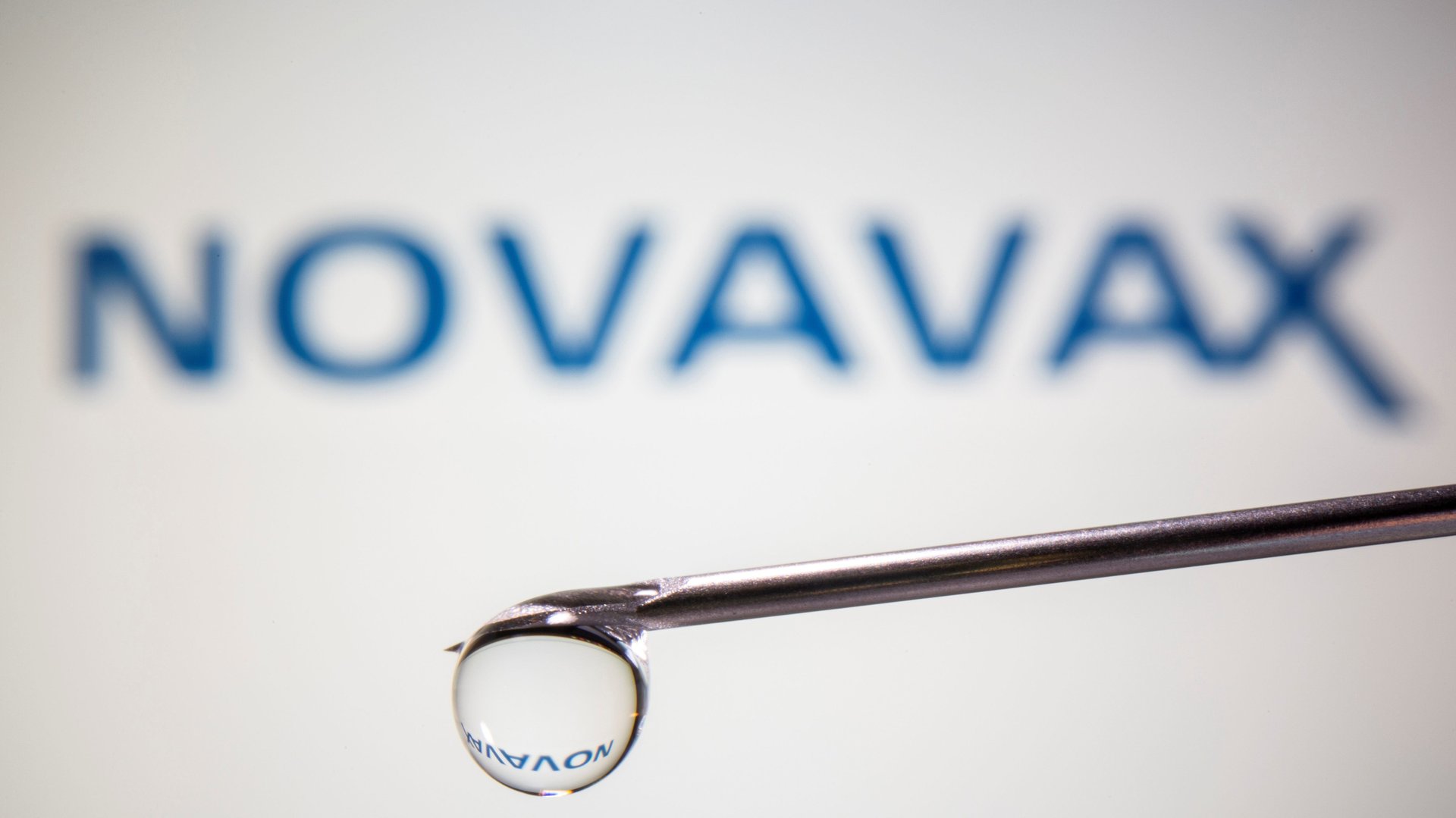What is the Novavax vaccine, and how does it work?
On Monday (Jun 14), Novavax announced that its vaccine has 93% efficacy against Covid-19 variants.


On Monday (Jun 14), Novavax announced that its vaccine has 93% efficacy against Covid-19 variants.
The American biotechnology company also claimed that their vaccine candidate was found to have a 91% efficacy in high-risk populations during the phase 3 trial.
“Our vaccine works very well even though the virus has mutated significantly,” said Dr. Gregory Glenn, Novavax’s president of research and development, told the Wall Street Journal.
In its press statement, the company said that it intends to file for regulatory authorizations in the third quarter. It further stated that they remain on track to reach a manufacturing capacity of 100 million doses per month by the end of the third quarter and 150 million doses per month by the end of the fourth quarter of 2021.
Maryland-based Novavax was the fifth Covid-19 vaccine candidate to enter late-stage trials in the West before the end of 2020.
Two-dose vaccine
Like most of the Covid-19 vaccine candidates, the Novavax candidate requires two shots spaced three weeks apart. Two-thirds of the volunteers in the study, involving 29,960 volunteers in the United States and Mexico, received two shots of the vaccine, whereas one-third received two shots of a placebo.
Covid-19 vaccine candidate NVX-CoV2373 works differently than the other vaccines that have made it this far. It’s a protein subunit vaccine, which means that it uses a lab-made version of the SARS-CoV-2 spike protein. This spike protein alone can’t make anyone sick. But to make sure that the body still generates the protective antibodies against it, Novavax has inserted an ingredient called an adjuvant, which acts as a hypeman for the immune system to signal it to spring into action.
Novavax’s subunit vaccine approach is a tried and true method for generating effective vaccines. Modern flu vaccines, HPV vaccines, and HepB vaccines all use a similar approach. But because these vaccines have multiple components—the spike protein and the adjuvant—they typically take longer to make than other vaccine types. That makes it surprising that 20-year-old Novavax, which has never produced a vaccine that’s reached the public before, made it to late-stage clinical trials so quickly.
Manufacturing Covid-19 vaccines at scale
According to Science Magazine, Novavax will need to rely mostly on manufacturing contracts to reach its vaccine distribution goals, but here too subunit vaccines offer an advantage. They only need to be refrigerated, not deep-frozen, and they can be made using existing equipment (in this case, bioreactors containing genetically-modified moth cells). These factors could make it easier to produce worldwide and suited to serving lower-income countries. Already, the Serum Institute of India has agreed to partner with Novavax to manufacture vaccines and help build additional plants to do so.
The other vaccines use newer technology, which seems to work but maybe harder to manufacture and distribute. The BioNTech/Pfizer and Moderna vaccines employ messenger RNA, which takes a page from our body’s own genetic decoding book to teach our cells to produce the spike protein of the SARS-CoV-2 virus. Both of these require freezing—and even super-freezing—for distribution.
According to an NPR report, it is unclear whether the US Food and Drug Administration is prepared to keep granting emergency use authorizations for COVID-19 vaccines. If the FDA requires Novavax to follow the standard licensure process, it may take longer than an emergency use authorization.